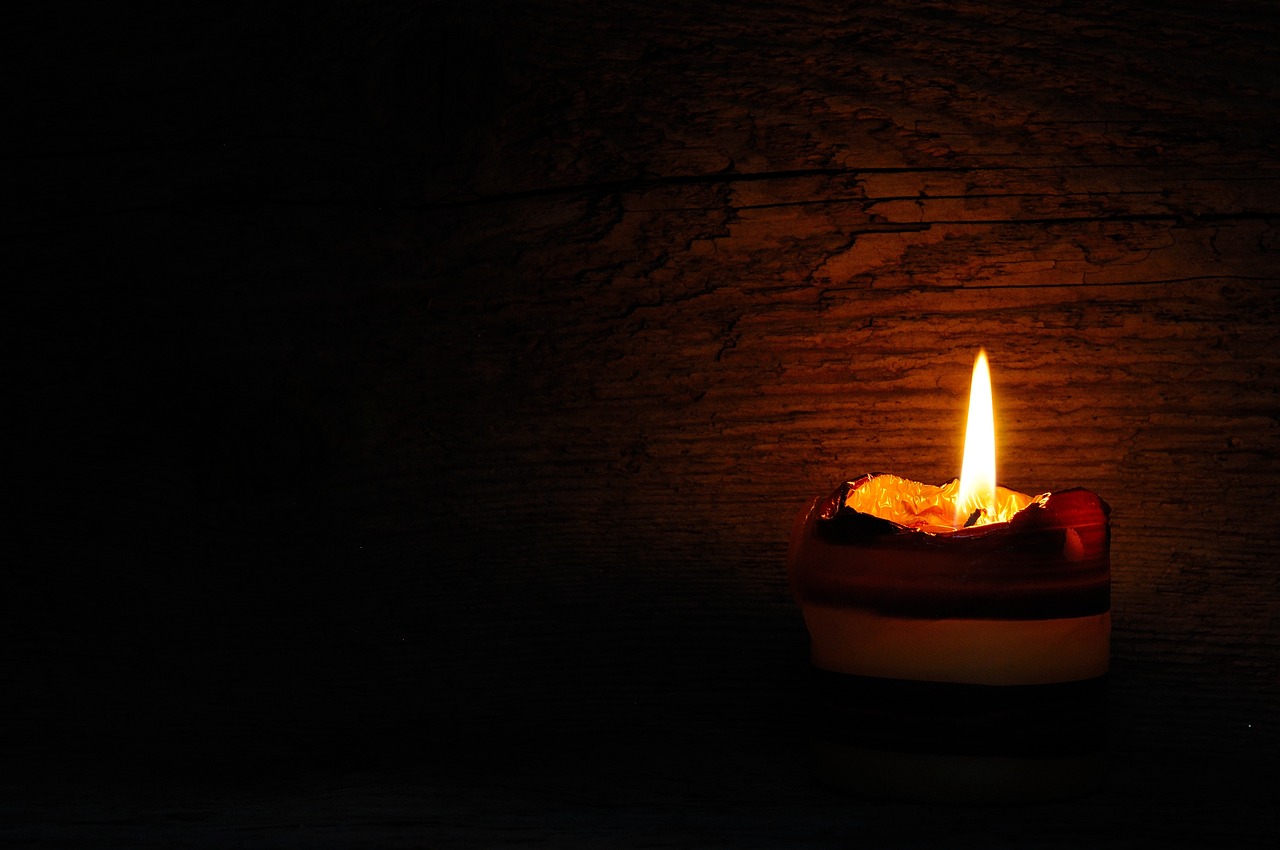Today’s Gospel passage is part of a conversation between Jesus and the apostles in the Temple. It began with the apostles walking through the city of Jerusalem and being amazed at the beauty of the Temple. They said to Jesus, “Look, teacher, what stones and what buildings!” (Mk 13:1) It is no wonder that they were in awe as they saw the Temple. The temple compound was one of the most magnificent structures known in the ancient world and the center of Jewish life for almost 1,000 years.
So what did the apostles see that was so overwhelming in its beauty and grandeur? Josephus, the Jewish historian, documents that the temple was covered on the outside with gold plating, and when the sun shone it was blinding. Where there wasn’t gold, there were blocks of marble that were pure white. The stones used to build the temple were massive. The limestone blocks used in the retaining wall for the temple compound alone are enormous and can still be seen today. Some of them are 50 feet wide, 25 feet high, and 15 feet deep.
Jesus responds to his closest followers with the disconcerting statement that not one of these stones would be left on a stone. In the eschatological discourse that followed, Jesus exhorted his disciples and the Church to have faith and to be obedient through the trials that confront them before Jesus’ return in power and glory. No one but the Father knows the precise time of the Second Coming.
This Gospel passage about the tribulation to come was particularly unsettling, and for us could even seem terrifying. For the apostles, whose lives with Jesus up to that time had been filled with teaching, healing the sick, and prayer, this may have seemed to them like a sharp turn in the road. When we hear this Gospel proclaimed we may wonder with alarm if we are seeing the signs of the end occurring in the world.
Notice that Jesus didn’t advise his followers to be worried and terrified. He exhorted us to be vigilant, to watch, and to have faith. His words will not pass away, and he will return in glory to gather to himself those who have believed in him.
I think it would be best to take our cue from Peter who wrote in his first letter: “Therefore, gird up the loins of your mind, live soberly, and set your hopes completely on the grace to be brought to you at the revelation of Jesus Christ. Like obedient children, do not act in compliance with the desires of your former ignorance but, as he who called you is holy, be holy yourselves in every aspect of your conduct, for it is written, ‘Be holy because I [am] holy’” (1 Pt 1:13-16).
El pasaje del Evangelio de hoy es parte de una conversación entre Jesús y los apóstoles en el Templo. Comenzó con los apóstoles caminando por la ciudad de Jerusalén y asombrados por la belleza del Templo. Le dijeron a Jesús: “Maestro, mira qué piedras y qué edificios” (Mc 13:1). No es de extrañar que estuvieran asombrados al ver el Templo. El recinto del templo era una de las estructuras más magníficas conocidas en el mundo antiguo y el centro de la vida judía durante casi mil años.
Entonces, ¿qué vieron los apóstoles que era tan abrumador en su belleza y grandeza? Josefo, el historiador judío, documenta que el templo estaba cubierto por fuera con un baño de oro, y cuando brillaba el sol era cegador. Donde no había oro, había bloques de mármol que eran de un blanco puro. Las piedras utilizadas para construir el templo eran enormes. Los bloques de piedra caliza utilizados en el muro de contención del recinto del templo son enormes y todavía se pueden ver hoy. Algunas de ellas tienen 15 metros de ancho, 8 metros de alto y 4,5 metros de profundidad.
Jesús responde a sus seguidores más cercanos con la desconcertante declaración de que ninguna de estas piedras quedaría sobre piedra. En el discurso escatológico que siguió, Jesús exhortó a sus discípulos y a la Iglesia a tener fe y a ser obedientes durante las pruebas que los confrontan antes del regreso de Jesús en poder y gloria. Nadie más que el Padre sabe el momento preciso de la Segunda Venida.
Este pasaje del Evangelio sobre la tribulación que se avecina fue particularmente inquietante, y para nosotros incluso podría parecer aterrador. Para los apóstoles, cuyas vidas con Jesús hasta ese momento habían estado llenas de enseñanza, sanación de enfermos y oración, esto puede haberles parecido un giro brusco en el camino. Cuando escuchamos la proclamación de este Evangelio, podemos preguntarnos con alarma si estamos viendo las señales del fin que se están produciendo en el mundo.
Observe que Jesús no aconsejó a sus seguidores que se preocuparan y se aterrorizaran. Nos exhortó a estar vigilantes, a velar y a tener fe. Sus palabras no pasarán, y él regresará en gloria para reunir a los que han creído en él.
Creo que sería mejor seguir el ejemplo de Pedro, quien escribió en su primera carta: “Por tanto, ciñen los lomos de su entendimiento, viven con sobriedad y pongan su esperanza por completo en la gracia que se les traerá cuando Jesucristo sea manifestado. Como hijos obedientes, no andan según los deseos que tuvieron cuando eran ignorantes, sino sean santos también ustedes en toda su manera de vivir, como es santo aquel que los llamó; porque está escrito: Sean santos, porque yo soy santo” (1 Pedro 1,13-16).

Sr. Kathryn James Hermes, FSP, is an author and offers online evangelization as well as spiritual formation for people on their journey of spiritual transformation and inner healing. Website: www.touchingthesunrise.com My Books: https://touchingthesunrise.com/books/
Public Facebook Group: https://www.facebook.com/groups/srkathrynhermes/ HeartWork Spiritual Formation Group: https://touchingthesunrise.com/heartwork/
Feature Image Credit: Petra Österreich, pixabay.com/photos/candle-flame-candlelight-wood-546563/

